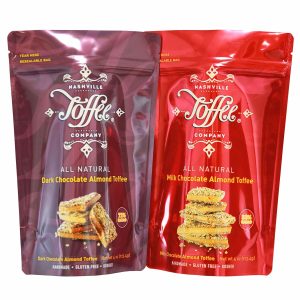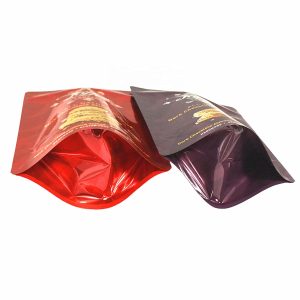1. Sensory inspection method: non-toxic plastic bags are milky white, translucent or colorless and transparent, flexible, smooth to the touch, and waxy on the surface; toxic plastic bags are turbid or light yellow in color, with stickiness and astringency.
2. Water exploration method: Put the plastic bag into the water and press it into the bottom. Non-toxic plastic bags account for a small proportion and can be used on surfaces. The proportion of toxic plastic bags is large and sinking.
3. Fire detection method: non-toxic polyethylene plastic bag is flammable, the flame is blue, the upper end is yellow, dripping like candle tears when burning, has the smell of paraffin, less smoke, and the toxic PVC plastic bag is not flammable. It will be extinguished immediately after leaving the fire. , The flame is yellow, the bottom is green, soft, stretchable, and has a pungent odor of hydrochloric acid.
4. Odor detection method: Plastic bags made of recycled materials have peculiar smell.
5. Vibration detection method: hold one end of the plastic bag with your hand and shake it vigorously. Those who make clear sounds are non-toxic; dull sounds are harmful.
Although the officially produced food bags are safe, you must pay attention to the methods in use, otherwise it will bring negative effects.
6. Do not use plastic bags to pack high-temperature food for a long time: In our daily life, we often see some people use plastic bags to pack steaming fried foods, such as fried cakes and dough sticks, and some people put plastic bags in them. The tableware is for customer use. There are directly imported hot food in the plastic bag. When the temperature exceeds 50°C, the plastic bag will release toxic gas. Long-term use of such plastic bags will cause dizziness, nausea, vomiting, diarrhea and other discomforts, lightly cause dizziness, nausea, vomiting, diarrhea and other discomforts, and severely lead to the possibility of lead poisoning.
Do not use ordinary plastic bags to heat in the microwave: When heating food in the microwave, use special plastic bags and special containers for microwave ovens.
Do not use ordinary plastic bags to pack food and store it in the refrigerator: refrigerated and frozen foods in the refrigerator should be covered with plastic wrap instead of ordinary plastic bags. Due to the special technology and raw materials of the cling film, it has good air permeability and fresh-keeping performance. However, if ordinary plastic bags are used for a long time, the food will quickly deteriorate and rot and cannot achieve the purpose of keeping fresh.
For consumers, food bags cannot be used directly, as a result, they can only be discarded in the trash after eating the food. In recent years, the Ministry of Health of the People’s Republic of China has increasingly strict sanitation standards for food packaging, requiring raw materials to meet standard requirements. Such a huge effort is not unfounded. Food poisoning incidents caused by unsanitary food bags and non-compliance with corresponding safety standards are not uncommon in China.
So why can food bags attract such high attention and have such high hygiene standards?
Its obvious function is: packaging plays an irreplaceable role in protecting food, preventing food from being contaminated by external microorganisms or other substances, preventing or reducing food oxidation and other reactions. Packaging is indispensable in human life. At the same time, substandard packaging also directly affects human health.








